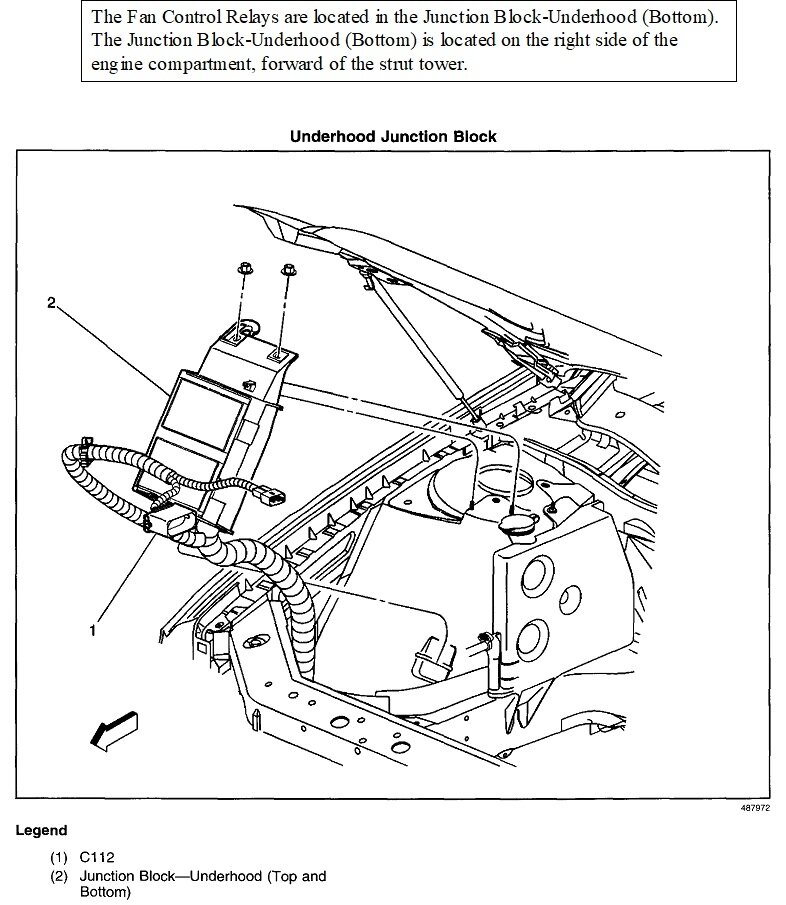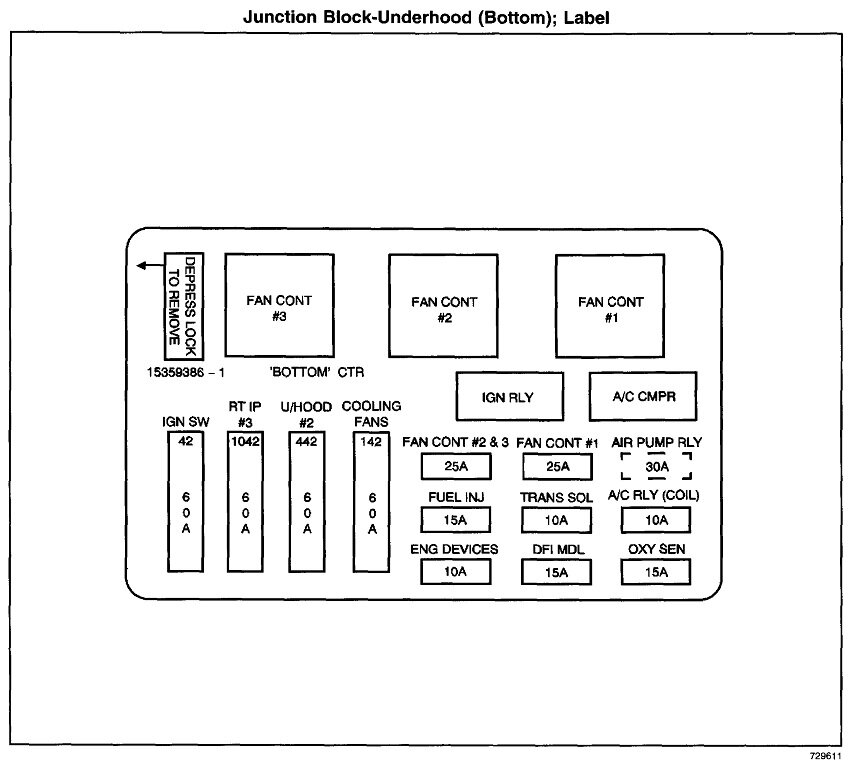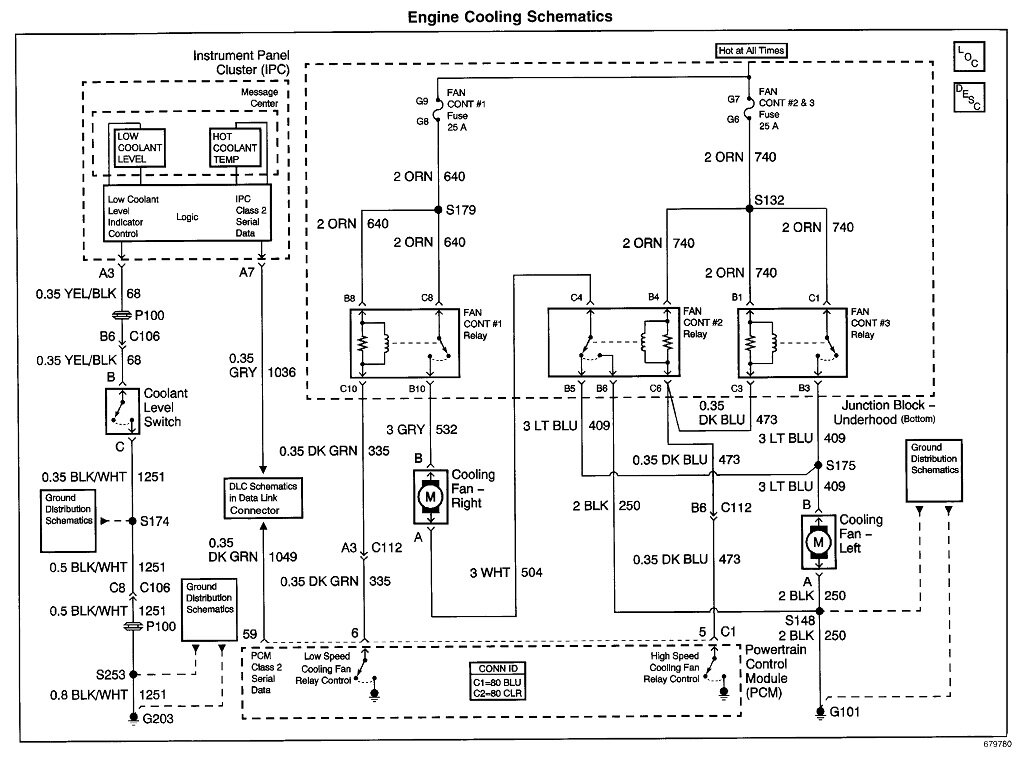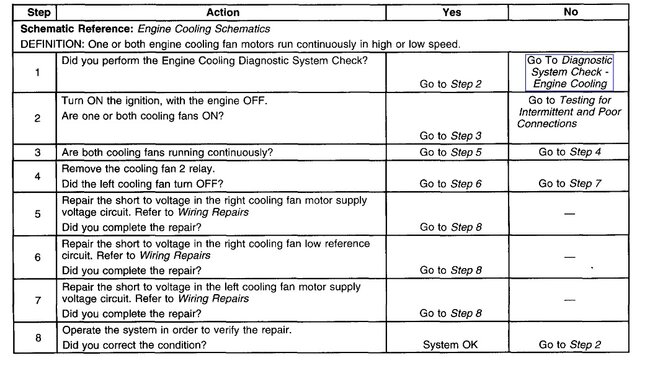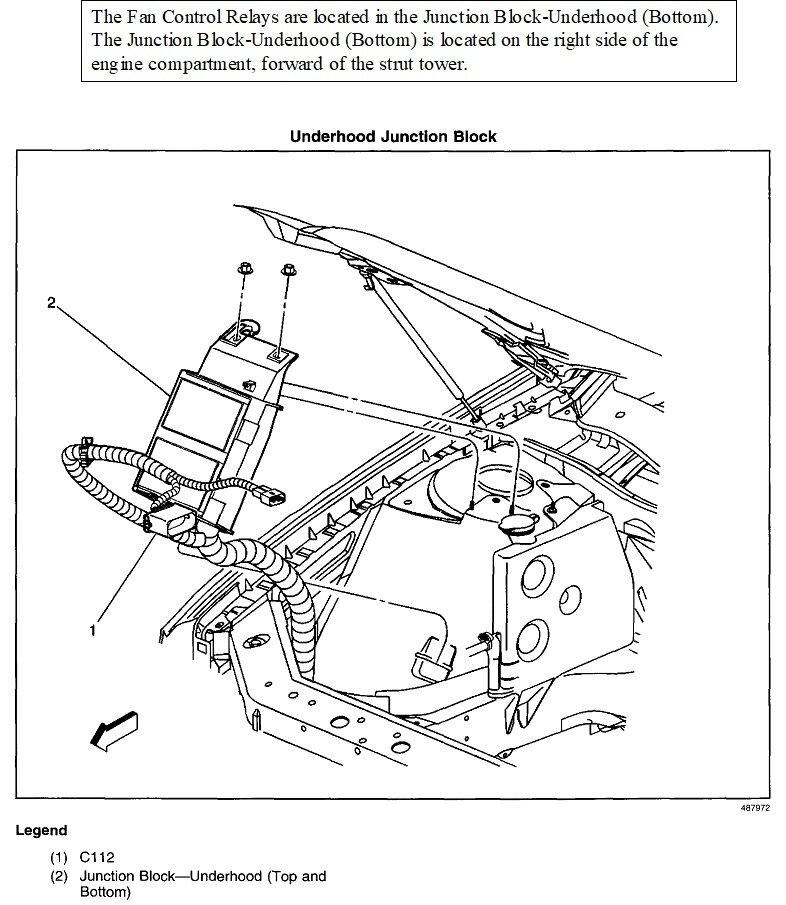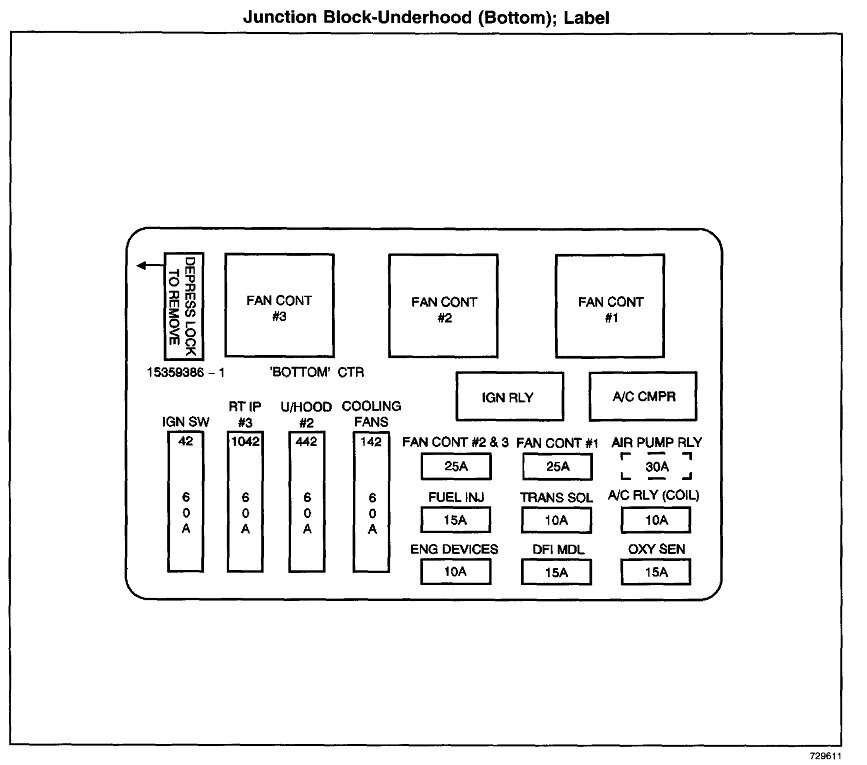Without scanner data to look at, the only other test I can suggest is to monitor the CTS voltage again on the yellow wire as the engine warms up. Remember, this has to be done with the sensor plugged in, by back-probing next to the yellow wire.
The voltage should be somewhere near 4.0 volts when the engine is still cold. As it warms up, the voltage will drop, but a surprise will occur when the coolant reaches roughly 160 degrees. By that time the voltage will have dropped to around, ... Oh, ... Roughly 1.7 volts, or maybe 2.0 volts, then jump back up to something higher, ... Say 3.0 volts for this story. At that point the voltage will resume dropping as the coolant gets closer to 195 to around 212 degrees or more.
The CTS circuit is fed with a carefully-regulated 5.0 volts from inside the computer. All of that 5.0 volts has to be used up, or accounted for. Some of it is "dropped" across circuitry inside the computer. What is left is what you measure on the sensor's yellow wire as the signal voltage.
To achieve greater accuracy when coolant temperature is close to the normal range, different circuitry is switched in inside the computer. That reduces how much of that 5.0 volts is dropped in the computer, and increases the amount left over to be seen at the sensor. That's the point where the signal voltage pops back up a couple of volts, then resumes its gradual decline as temperature goes up.
If you find that odd, but normal operation, the CTS circuit is working properly. Then it becomes an issue of figuring out if the computer is responding to something else.
Was this helpful?
Yes
No
Tuesday, December 13th, 2022 AT 3:04 PM
